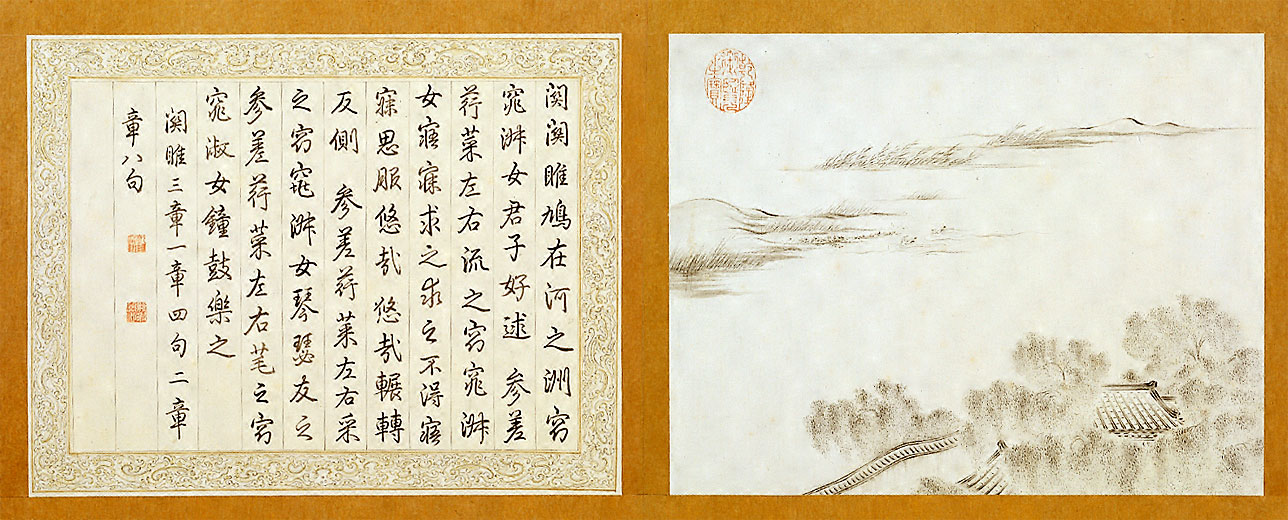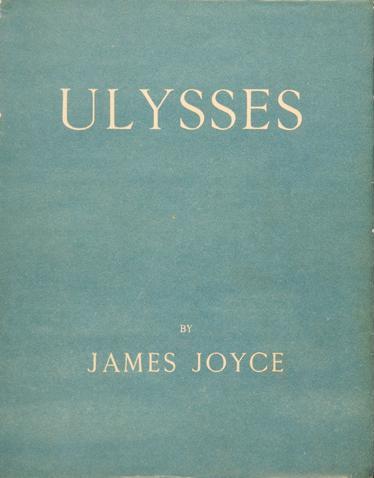|
Anapodoton
An anapodoton (from Ancient Greek ''anapódoton'': "that which lacks an apodosis", that is, the consequential clause in a conditional sentence), plural anapodota, is a rhetorical device related to the anacoluthon; both involve a thought being interrupted or discontinued before it is fully expressed. It is a figure of speech or discourse that is an incomplete sentence, consisting of a subject or complement without the requisite object. The stand-alone subordinate clause suggests or implies a subject (a main clause), but this is not actually provided. As an intentional rhetorical device, it is generally used for set phrases, where the full form is understood, and would thus be tedious to spell out, as in "When in Rome o as the Romans" Anapodota are common in Classical Chinese and languages that draw from it, such as Korean and Japanese, where a long literary phrase is commonly abbreviated to just its condition. For example, Zhuangzi's phrase "a frog in a well cannot conceive of ... [...More Info...] [...Related Items...] OR: [Wikipedia] [Google] [Baidu] |
Aposiopesis
Aposiopesis (; Classical Greek: ἀποσιώπησις, "becoming silent") is a figure of speech wherein a sentence is deliberately broken off and left unfinished, the ending to be supplied by the imagination, giving an impression of unwillingness or inability to continue. An example would be the threat "Get out, or else—!" This device often portrays its users as overcome with passion (fear, anger, excitement) or modesty. To mark the occurrence of aposiopesis with punctuation, an em-rule (—) or an ellipsis (...) may be used. Examples * One classical example of aposiopesis in Virgil occurs in Aeneid 1.135. Neptune, the Roman god of the Sea, is angry with the winds, whom Juno released to start a storm and harass the Trojan hero and protagonist Aeneas. Neptune berates the winds for causing a storm without his approval, but breaks himself off mid-threat: *Another example in Virgil occurs in the ''Aeneid'' 2.100. Sinon, the Greek who is posing as a defector to deceive the ... [...More Info...] [...Related Items...] OR: [Wikipedia] [Google] [Baidu] |
Apodosis (linguistics)
A conditional sentence is a sentence in a natural language that expresses that one thing is contingent on another, e.g., "If it rains, the picnic will be cancelled." They are so called because the impact of the sentence’s main clause is ''conditional'' on a subordinate clause. A full conditional thus contains two clauses: the subordinate clause, called the ''antecedent'' (or ''protasis'' or ''if-clause''), which expresses the condition, and the main clause, called the ''consequent'' (or ''apodosis'' or ''then-clause'') expressing the result. To form conditional sentences, languages use a variety of grammatical forms and constructions. The forms of verbs used in the antecedent and consequent are often subject to particular rules as regards their tense, aspect, and mood. Many languages have a specialized type of verb form called the conditional mood – broadly equivalent in meaning to the English "would (do something)" – for use in some types of conditional sentences. Ty ... [...More Info...] [...Related Items...] OR: [Wikipedia] [Google] [Baidu] |
Rhetorical Device
In rhetoric, a rhetorical device, persuasive device, or stylistic device is a technique that an author or speaker uses to convey to the listener or reader a meaning with the goal of persuading them towards considering a topic from a perspective, using language designed to encourage or provoke an emotional display of a given perspective or action. They seek to make a position or argument more compelling than it would otherwise be. Sonic devices Sonic devices depend on sound. Sonic rhetoric is used as a clearer or swifter way of communicating content in an understandable way. Sonic rhetoric delivers messages to the reader or listener by prompting a certain reaction through auditory perception. Alliteration Alliteration is the repetition of the sound of an initial consonant or consonant cluster in subsequent syllables. Assonance Assonance is the repetition of similar vowel sounds across neighbouring words. Consonance Consonance is the repetition of consonant sounds acro ... [...More Info...] [...Related Items...] OR: [Wikipedia] [Google] [Baidu] |
Anacoluthon
An anacoluthon (; from the Greek , from 'not', and 'following') is an unexpected discontinuity in the expression of ideas within a sentence, leading to a form of words in which there is logical or grammatical incoherence of thought. Anacolutha are often sentences interrupted midway, where there is a change in the syntactical structure of the sentence and of intended meaning following the interruption. As rhetorical or literary device, anacoluthon may be used to demonstrate emotion or the natural patterns of spoken discourse. An example is the Italian proverb "The good stuff – think about it." This proverb urges people to make the best choice. When anacoluthon occurs unintentionally, it is considered to be an error in sentence structure and may result in incoherent nonsense. However, it can be used intentionally as a rhetorical technique to challenge the reader to think more deeply, or in stream-of-consciousness literature to represent the disjointed nature of associativ ... [...More Info...] [...Related Items...] OR: [Wikipedia] [Google] [Baidu] |
Classical Chinese
Classical Chinese is the language in which the classics of Chinese literature were written, from . For millennia thereafter, the written Chinese used in these works was imitated and iterated upon by scholars in a form now called Literary Chinese, which was used for almost all formal writing in China until the early 20th century. Each written character corresponds to a single spoken syllable, and almost always to a single independent word. As a result, the characteristic style of the language is comparatively terse. Starting in the 2nd century CE, use of Literary Chinese spread to the countries surrounding China, including Vietnam, Korea, Japan, and the Ryukyu Islands, where it represented the only known form of writing. Literary Chinese was adopted as the language of civil administration in these countries, creating what is known as the Sinosphere. Each additionally developed systems of readings and annotations that enabled non-Chinese speakers to interpret Literary ... [...More Info...] [...Related Items...] OR: [Wikipedia] [Google] [Baidu] |
Korean Language
Korean is the first language, native language for about 81 million people, mostly of Koreans, Korean descent. It is the national language of both South Korea and North Korea. In the south, the language is known as () and in the north, it is known as (). Since the turn of the 21st century, aspects of Korean Wave, Korean popular culture have spread around the world through globalization and Korean Wave, cultural exports. Beyond Korea, the language is recognized as a minority language in parts of China, namely Jilin, and specifically Yanbian Korean Autonomous Prefecture, Yanbian Prefecture, and Changbai Korean Autonomous County, Changbai County. It is also spoken by Sakhalin Koreans in parts of Sakhalin, the Russian island just north of Japan, and by the in parts of Central Asia. The language has a few Extinct language, extinct relatives which—along with the Jeju language (Jejuan) of Jeju Island and Korean itself—form the compact Koreanic language family. Even so, Jejuan and ... [...More Info...] [...Related Items...] OR: [Wikipedia] [Google] [Baidu] |
Japanese Language
is the principal language of the Japonic languages, Japonic language family spoken by the Japanese people. It has around 123 million speakers, primarily in Japan, the only country where it is the national language, and within the Japanese diaspora worldwide. The Japonic family also includes the Ryukyuan languages and the variously classified Hachijō language. There have been many Classification of the Japonic languages, attempts to group the Japonic languages with other families such as Ainu languages, Ainu, Austronesian languages, Austronesian, Koreanic languages, Koreanic, and the now discredited Altaic languages, Altaic, but none of these proposals have gained any widespread acceptance. Little is known of the language's prehistory, or when it first appeared in Japan. Chinese documents from the 3rd century AD recorded a few Japanese words, but substantial Old Japanese texts did not appear until the 8th century. From the Heian period (794–1185), extensive waves of Sino-Ja ... [...More Info...] [...Related Items...] OR: [Wikipedia] [Google] [Baidu] |
Zhuang Zhou
Zhuang Zhou (), commonly known as Zhuangzi (; ; literally "Master Zhuang"; also rendered in the Wade–Giles romanization as Chuang Tzu), was an influential Chinese philosopher who lived around the 4th century BCE during the Warring States period, a period of great development in Chinese philosophy, the Hundred Schools of Thought. He is credited with writing—in part or in whole—a work known by his name, the '' Zhuangzi'', which is one of two foundational texts of Taoism, alongside the ''Tao Te Ching''. Life The only account of the life of Zhuangzi is a brief sketch in chapter 63 of Sima Qian's ''Records of the Grand Historian'', and most of the information it contains seems to have simply been drawn from anecdotes in the ''Zhuangzi'' itself. In Sima's biography, he is described as a minor official from the town of Meng (in modern Anhui) in the state of Song, living in the time of King Hui of Liang and King Xuan of Qi (late fourth century BC). Sima Qian writes that ... [...More Info...] [...Related Items...] OR: [Wikipedia] [Google] [Baidu] |
Stream Of Consciousness (narrative Mode)
In literary criticism, stream of consciousness is a narrative mode or method that attempts "to depict the multitudinous thoughts and feelings which pass through the mind" of a narrator. It is usually in the form of an interior monologue which is disjointed or has irregular punctuation. The term was first used in 1855 and was first applied to a literary technique in 1918. While critics have pointed to various literary precursors, it was not until the 20th century that this technique was fully developed by modernist writers such as Marcel Proust, James Joyce, Dorothy Richardson and Virginia Woolf. Stream of consciousness narratives continue to be used in modern prose and the term has been adopted to describe similar techniques in other art forms such as poetry, songwriting and film. Origin of term Alexander Bain used the term in 1855 in the first edition of ''The Senses and the Intellect'', when he wrote, "The concurrence of Sensations in one common stream of consciousnes ... [...More Info...] [...Related Items...] OR: [Wikipedia] [Google] [Baidu] |


